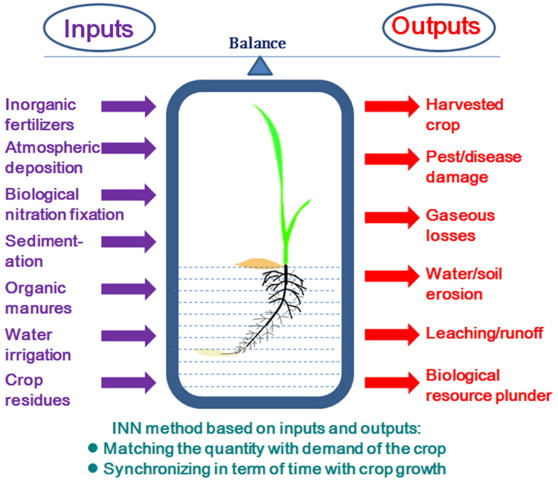1BiharAgriculturalUniversity, Sabour, Bhagalpur, Bihar, India
2Jawaharlal Nehru Krishi Vishwa Vidyalaya, Regional Agricultural Research Station, Sagar, India
DOI : https://doi.org/10.21276/AATCCReview.2024.12.04.463
Keywords
Abstract
Phyllody disease, a significant threat to sesame (Sesamum indicum L.) cultivation is caused by phytoplasmas affecting plant phloem leads to severe yield losses is also sometimes called as sesame witches’-broom [47]. Characterized by floral malformations where flowers transform into leaf-like structures, virescence (green pigmentation of floral parts) and sterility, drastically impacting seed production. The disease prevalent in Africa, Asia, and parts of Europe is primarily transmitted by insect vectors, notably leafhoppers (Orosius albicinctus). Phyllody incidence is also found in different districts of Bihar at different crop stage starting from germination, flowering and harvesting during both summer and Kharif season. Phytoplasmas responsible for phyllody belong to various ribosomal groups, predominantly the 16SrII group (peanut witches'-broom phytoplasma). Research gaps persist in understanding vector dynamics, phytoplasma-host interactions, and the development of resistant or tolerant varieties. Early detection is crucial, with diagnostic techniques such as polymerase chain reaction (PCR). The yield contributing characters of sesame plants, i.e. plant height; number of capsules per plant, and test weight were adversely affected due to phyllody. Management strategies emphasize an integrated approach. Cultural practices include the removal of infected plants, use of disease-free seeds, and altering planting dates to avoid peak vector activity. Chemical control, though limited, involves insecticides targeting vectors. Biological control strategies focus on fostering natural predators of vectors. Additionally, breeding for resistant or tolerant sesame varieties offers a promising, sustainable solution, though it remains challenging due to the genetic complexity of resistance traits. This review produces the knowledge on the etiology, transmission, epidemiology, symptomatology, screening and management of phyllody disease in sesame which creates awareness and preparedness prior to onset of disease.


